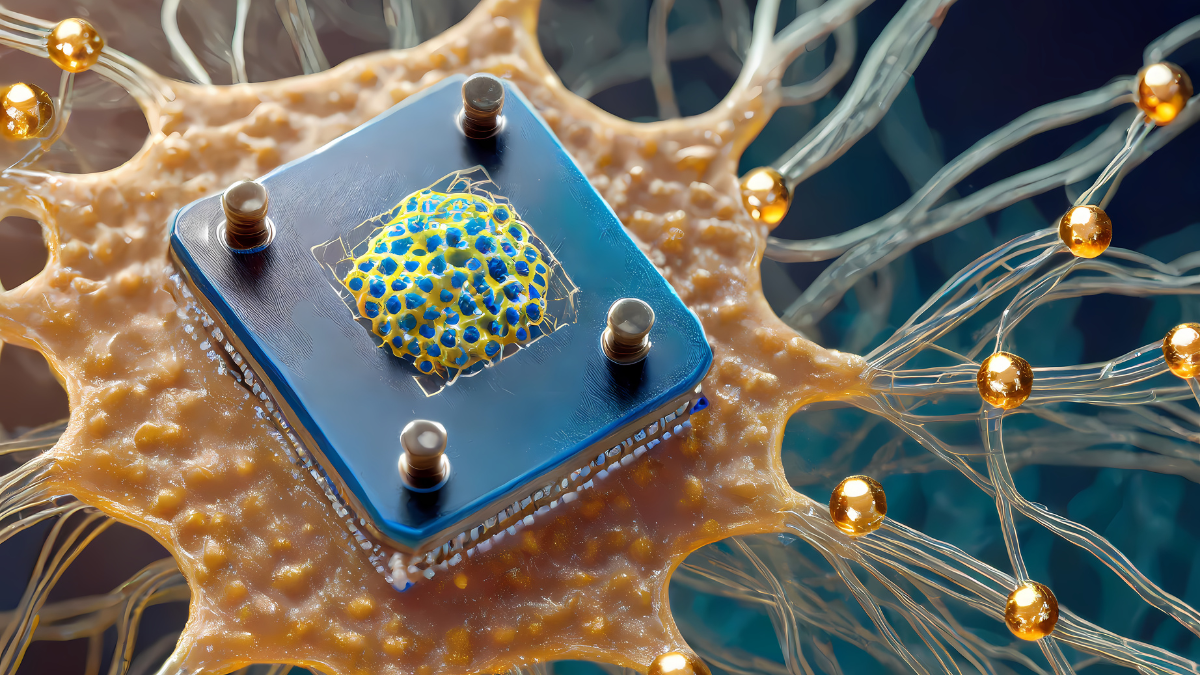In a breakthrough that pushes the boundaries of brain-computer interface (BCI) technology, U.S. researchers have successfully developed a brain implant that can transform a paralyzed woman’s thoughts into speech nearly instantaneously—bringing her voice closer to being heard again after 18 years.
Ann, a 47-year-old former math teacher who lost her ability to speak due to a stroke, was at the center of the study conducted by a California-based research team. Using deep learning and a custom-trained BCI system, the device was able to convert her brain signals into a digital version of her old voice—now in under a second.
“Our new streaming approach converts her brain signals to her customised voice in real time, within a second of her intent to speak,” said in an AFP report by Gopala Anumanchipalli, senior author of the study from the University of California, Berkeley.
Unlike previous versions of the system, which had a delay of up to eight seconds, the new model works in 80-millisecond bursts—allowing more natural-sounding speech. The implant works by capturing brain activity after the user has already decided what to say, translating it into a limited vocabulary of over 1,000 words.
To train the AI, Ann silently repeated thousands of phrases while the system learned to recognize and reconstruct her intended speech. Remarkably, her current voice was modeled from old recordings, giving her a deeply personal connection to the output.
Ann was “very excited to hear her voice, and reported a sense of embodiment,” Anumanchipalli shared.
While still in its experimental phase, the technology could have transformative impacts for individuals with severe speech impairments.
“While we are still far from enabling that for Ann, this milestone takes us closer to drastically improving the quality of life of individuals with vocal paralysis,” he added.
The system uses a non-invasive electrode array—unlike Neuralink’s approach—which could make it more accessible in clinical settings, according to Patrick Degenaar, a UK-based neuroprosthetics expert not involved in the study. He called the advancement “very early proof of principle,” but still “very cool.”
Researchers hope that with continued support, such technology could become available to more patients within the next five to ten years.






